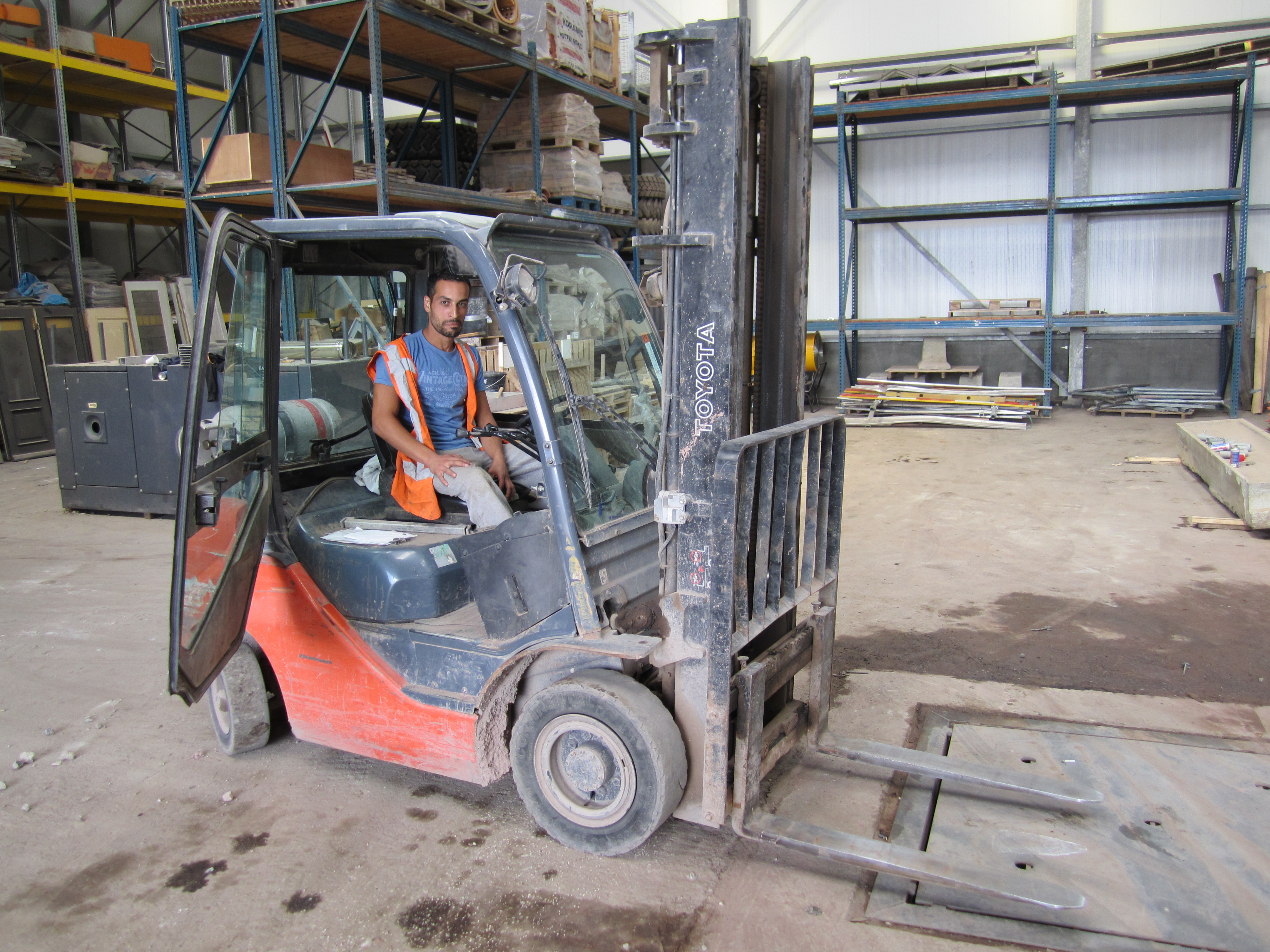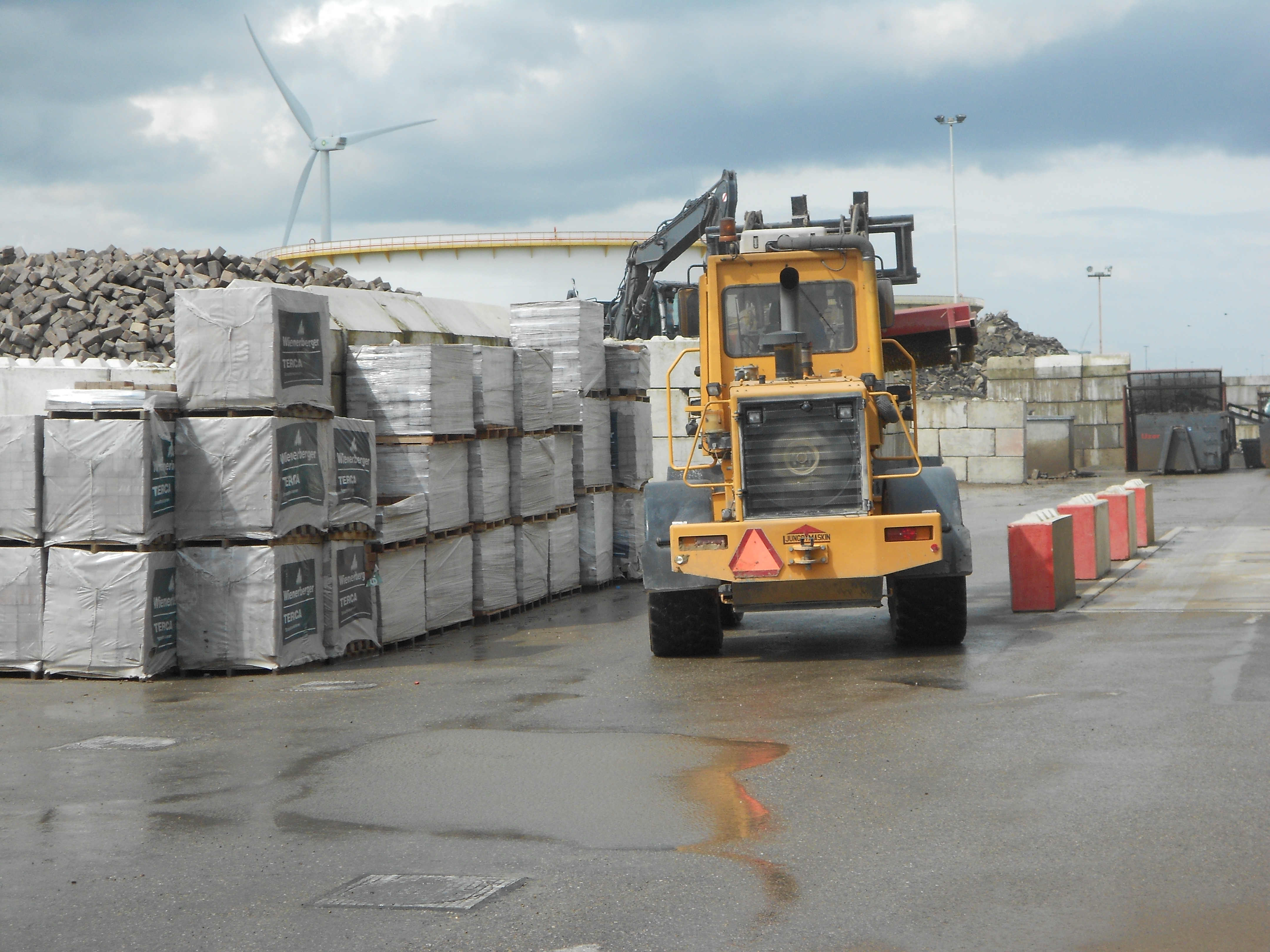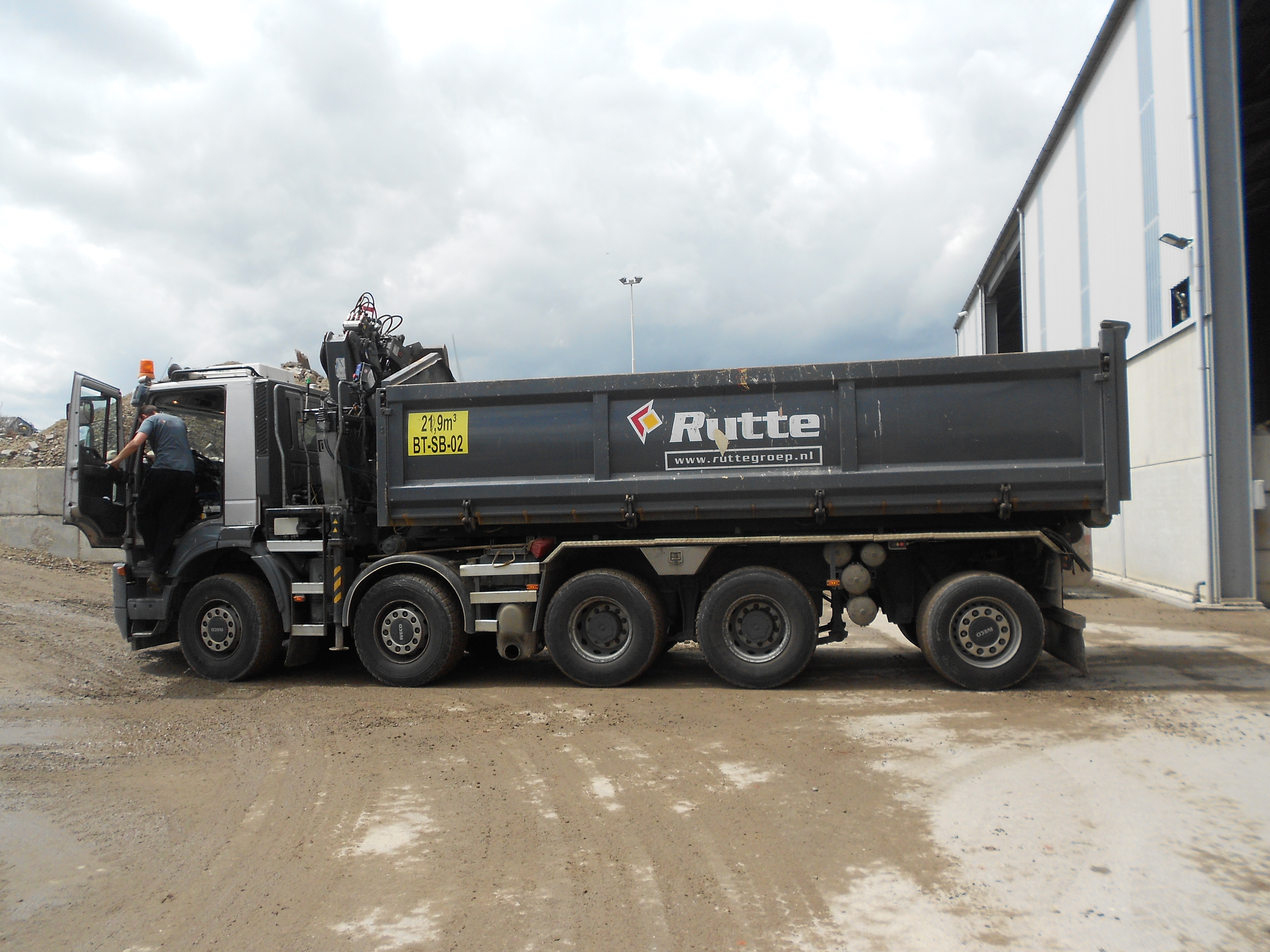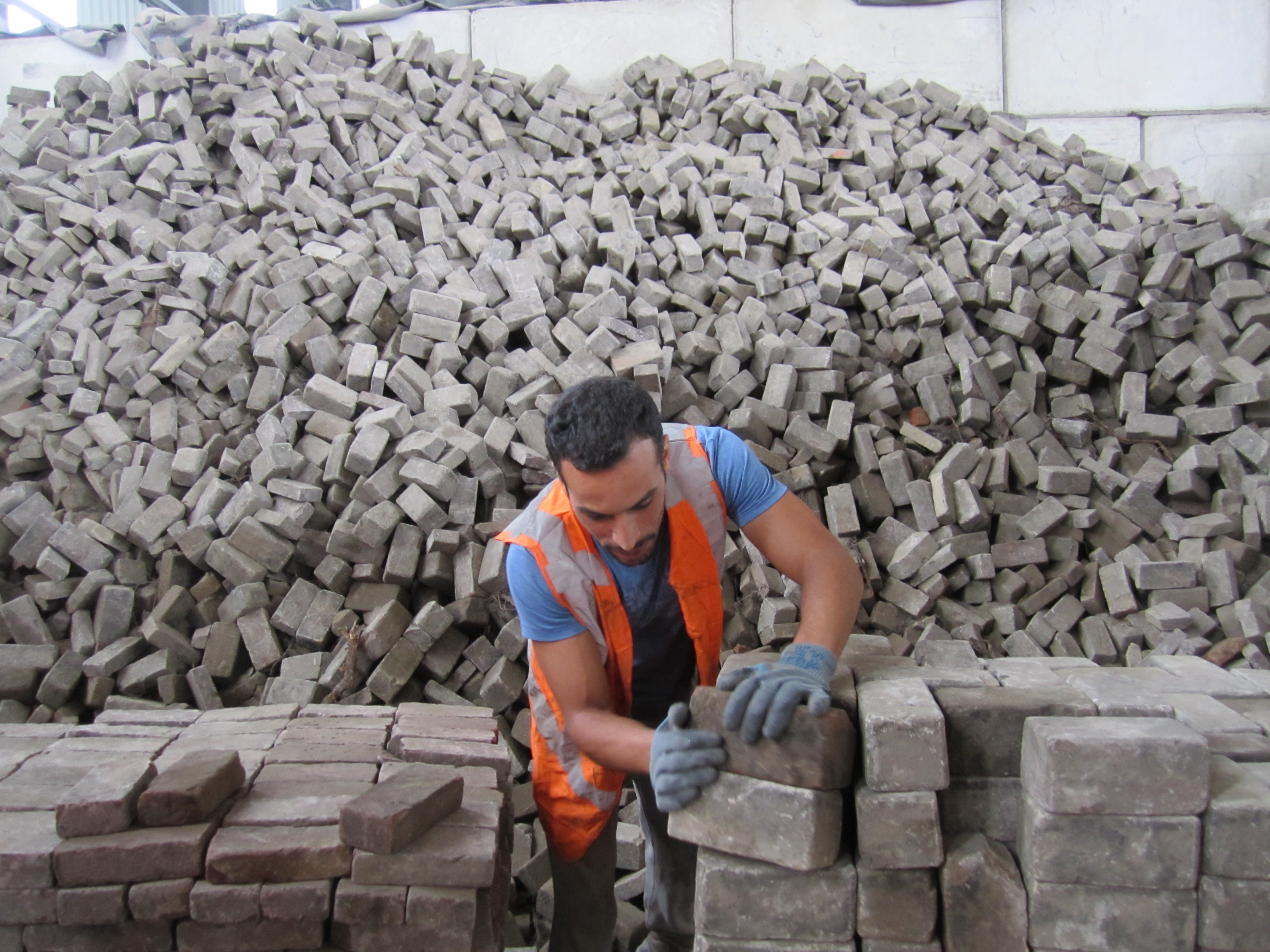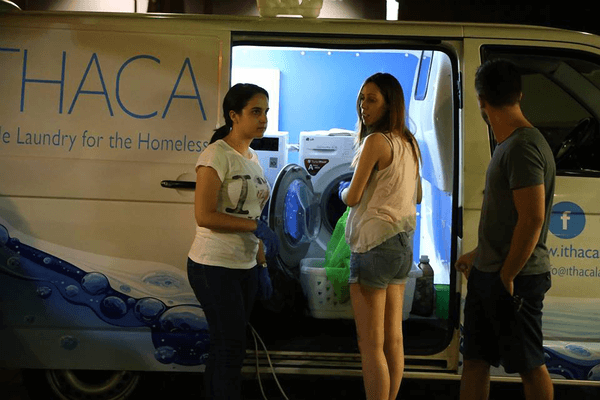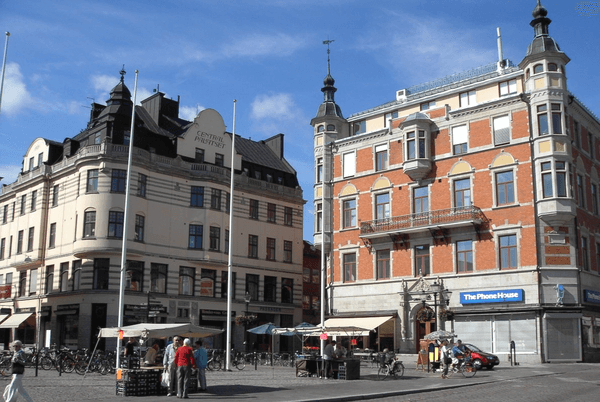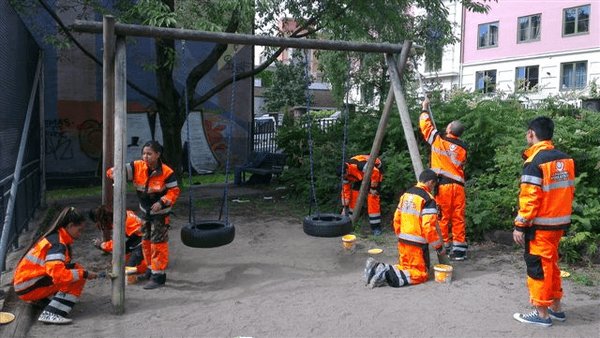City
Amsterdam
Main actors
City Government, Private Sector
Project area
Whole City/Administrative Region
Duration
Ongoing since 2015
Amsterdam uses public procurement to support its young people at risk of exclusion to obtain a formal engineering qualification and work experience. It combines training measures with creating job placements specifically for this target group.
Amsterdam implemented a pioneering approach in its public procurement to bring both social and environmental sustainability into the city’s activities and maximise the social value of the money spent by the city. Amsterdam procures work from private companies on the condition that they reinvest part of the profits from the public contracts into programmes with an added social value, such as employability programmes for young people without qualifications. The ‘social return’ clause requires contractors to add activities to their tender that create employment, training or work experience placements for job seekers, young people without qualifications or work experience, and other vulnerable groups. The clause also specifies a minimum percentage of the profit earned by a contractor in each tender that needs to be invested in these activities.
The Case Study exemplifies how the clause works in cooperation with Rutte, a road construction company with a strong sustainability philosophy that incorporated an education and work programme in civil engineering. The programme lasts two years and after participants graduate guarantees them a six month full-time contract. The participants of the programme study one day a week and work four days at Rutte, where they get on-the-job training guided by the company craftsmen. The programme is funded by Rutte, whereas the city administration funds the reintegration component of the programme.
Originally published by EUROCITIES, the network of 130 European cities - PDF: http://nws.eurocities.eu/MediaShell/media/353-green-web_final.pdf
External links / documents
On Map
The Map will be displayed after accepting cookie policy
